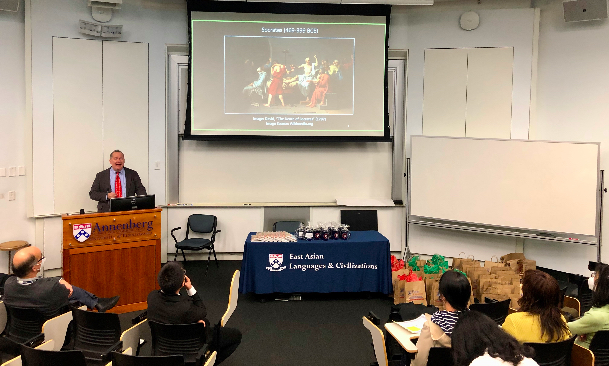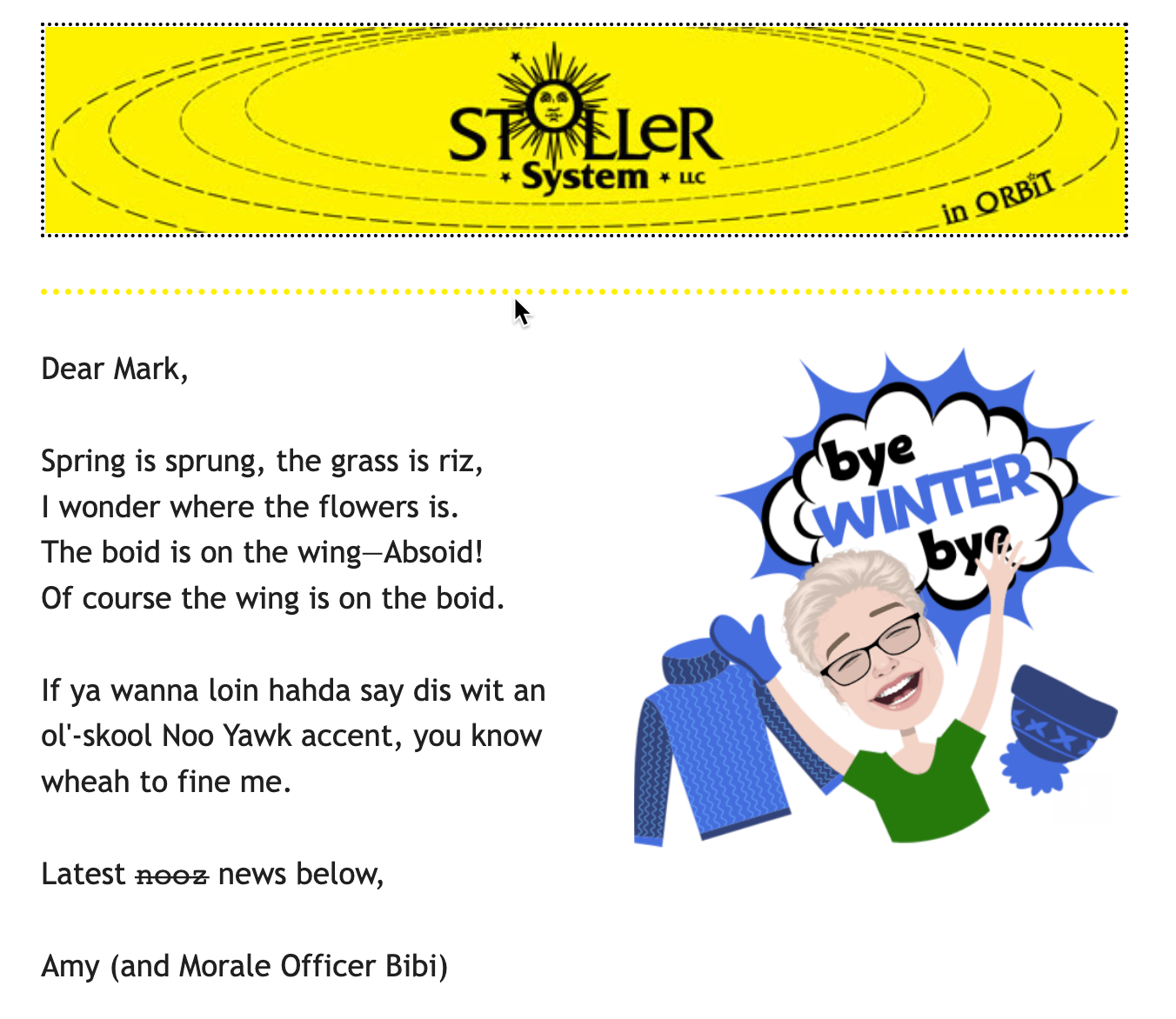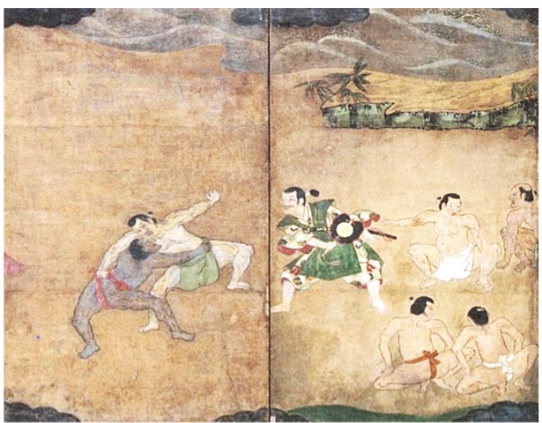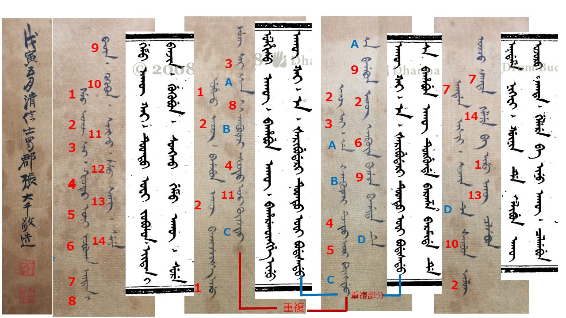It is not my intention to stir up a firestorm, but I have for decades suspected that the names "Ashkenazi" and "Scythian" are related. Now, after having sat on this for years and letting it gnaw away at my inwyt for far too long, I've decided to seek the collected expertise of the Language Log readership to see if there really is something to my suspicion.
Ashkenazi Jews ( ASH-, AHSH-kə-NAH-zee), also known as Ashkenazic Jews or, by using the Hebrew plural suffix -im, Ashkenazim[a] are a Jewish diaspora population who coalesced in the Holy Roman Empire around the end of the first millennium.
The traditional diaspora language of Ashkenazi Jews is Yiddish (a Germanic language with elements of Hebrew, Aramaic, and Slavic languages), developed after they had moved into northern Europe: beginning with Germany and France in the Middle Ages. For centuries they used Hebrew only as a sacred language, until the revival of Hebrew as a common language in 20th century's Israel. Throughout their time in Europe, Ashkenazim have made many important contributions to its philosophy, scholarship, literature, art, music and science.
The term "Ashkenazi" refers to Jewish settlers who established communities along the Rhine river in Western Germany and in Northern France dating to the Middle Ages. Once there, they adapted traditions carried from Babylon, the Holy Land, and the Western Mediterranean to their new environment. The Ashkenazi religious rite developed in cities such as Mainz, Worms, and Troyes. The eminent French Rishon Rabbi Shlomo Itzhaki (Rashi) would have a significant influence on the Jewish religion.
Read the rest of this entry »






